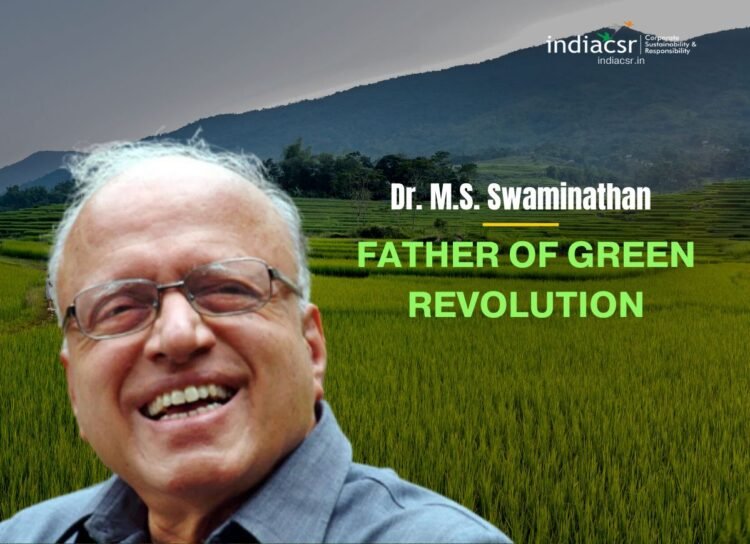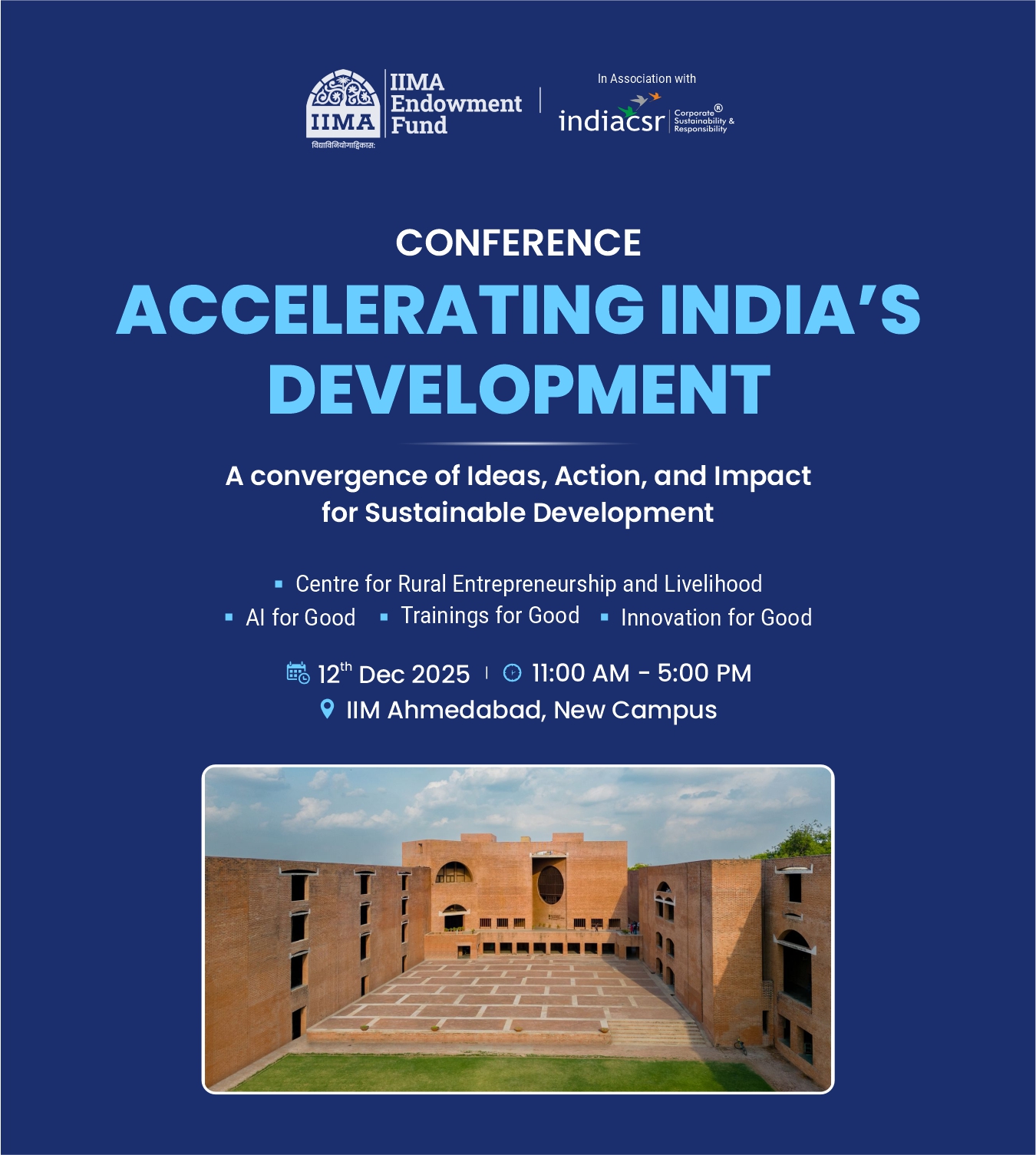Dr. M.S. Swaminathan: The Father of India’s Green Revolution
Dr. M.S. Swaminathan is a renowned Indian geneticist and administrator, who made a stellar contribution in the success of India’s Green Revolution program; the program went a long way in making India self-sufficient in wheat and rice production. He was deeply influenced by his father who was a surgeon and social reformer. After graduating in zoology, he enrolled in Madras Agricultural College and graduated with a B.Sc. in Agricultural Science. His choice of career as a geneticist was influenced by the great Bengal famine of 1943 during which scarcity of food resulted in many deaths. Philanthropic by nature, he wanted to help poor farmers increase their food production.
The Green Revolution in India
The Green Revolution was a period that began in the 1960s during which agriculture in India was converted into a modern industrial system by the adoption of technology, such as the use of high yielding variety (HYV) seeds, mechanised farm tools, irrigation facilities, pesticides, and fertilizers. Mainly led by agricultural scientist M. S. Swaminathan in India, this period was part of the larger Green Revolution endeavor initiated by Norman Borlaug, which leveraged agricultural research and technology to increase agricultural productivity in the developing world.
Under the premiership of Congress leaders Lal Bahadur Shastri and Indira Gandhi, the Green Revolution within India commenced in 1968, leading to an increase in food grain production, especially in Punjab, Haryana, and Uttar Pradesh. Major milestones in this undertaking were the development of high-yielding varieties of wheat, and rust resistant strains of wheat. The methods adopted included the use of high-yielding varieties (HYVs) of seeds with modern farming methods.
The Role and Achievements of Dr. M.S. Swaminathan
Dr. M.S. Swaminathan was the main architect or the Father of the Green Revolution in India. He began his career by joining the Indian Agricultural Research Institute (IARI) in New Delhi and eventually played the lead role in India’s ‘Green Revolution’, an agenda under which high-yielding varieties of wheat and rice saplings were distributed to poor farmers. In the decades that followed, he held research and administrative positions in various offices of Government of India and introduced the Mexican semi dwarf wheat plants as well as modern farming methods in India.
He also served as the director general of the International Rice Research Institute (IRRI) in the Philippines from 1982 to 1988, where he developed new rice varieties that could withstand droughts, floods, salinity, and pests. He also promoted the concept of sustainable agriculture and biodiversity conservation. He chaired the National Commission on Farmers in 2004, which recommended far-reaching ways to improve India’s farming system.
Dr. M.S. Swaminathan has been acclaimed by the TIME magazine as one of the twenty most influential Asian people of the 20th century. He has also been honoured with several national and international awards for his contribution to the field of agriculture and biodiversity. Some of these awards are:
- Padma Shri (1967)
- Ramon Magsaysay Award (1971)
- Padma Bhushan (1972)
- World Food Prize (1987)
- Padma Vibhushan (1989)
- Albert Einstein World Science Award (1995)
- Bharat Ratna (1999)
He is widely regarded as the Father of India’s Green Revolution for his role in introducing and developing high-yielding varieties of wheat and rice that saved millions of lives from hunger and poverty. He is also a champion of sustainable agriculture and environmental protection who has advocated for the welfare of farmers and consumers alike. He is an inspiration for generations of scientists, policymakers, and activists who strive to make the world a better place through agriculture.
Also Read: Who is Father of India’s Green Revolution’ Dr. M.S. Swaminathan





